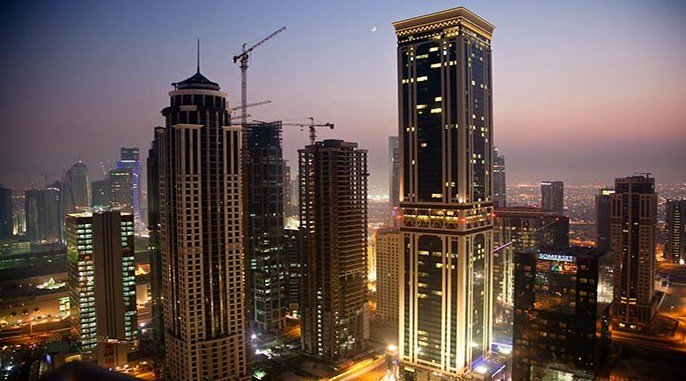The ongoing conflict between Israel and Hamas has been marked by the use of various technologies, from rockets and missiles to drones and cyberattacks. The role of tech in the Middle East is not new, but it has become more prominent and complex in recent years, as both sides seek to gain an edge over their adversaries and influence public opinion. Here are some of the key aspects of how tech is shaping the Middle East conflict.
Cyberattacks and countermeasures
One of the most visible forms of tech warfare in the Middle East is cyberattacks, which have targeted both civilian and military infrastructure. According to a report by POLITICO, supporters of Hamas have tried to take down Israeli websites, newspapers, and even the Iron Dome missile defense system, using hacking tools and techniques aligned with Iran and Russia. The report also states that Hamas has received more than $134 million in cryptocurrency donations since 2021, which could help fund its operations and evade sanctions.
Israel, on the other hand, has also deployed its cyber capabilities against Hamas and other enemies in the region. In 2010, Israel was widely suspected of being behind the Stuxnet worm that damaged Iran’s nuclear facilities. In 2019, Israel reportedly launched a cyberattack that disrupted Hamas’ TV station and phone service. And in 2020, Israel claimed to have thwarted a cyberattack by Iran on its water supply system.
Both sides have also invested in cyber defense and resilience, as they face constant threats from hackers and online activists. Israel has established a National Cyber Directorate, which coordinates the country’s cyber strategy and response. Hamas has also developed its own cyber unit, which monitors and counters Israeli cyber operations.
Drones and aerial warfare
Another key technology that has been used extensively in the Middle East conflict is drones, or unmanned aerial vehicles (UAVs). Drones can perform various functions, such as surveillance, reconnaissance, targeting, and attack, without risking human lives or violating airspace sovereignty. Drones can also be cheaper and more accessible than conventional aircraft or missiles.
Both Israel and Hamas have used drones in their recent clashes. Israel has deployed its advanced drones, such as the Heron TP and the Eitan, which can fly for long hours and carry heavy payloads. Israel has also used drones to launch airstrikes on Hamas targets in Gaza, as well as to intercept Hamas drones that attempted to infiltrate Israeli territory.
Hamas, meanwhile, has also developed its own drone program, with the help of Iran and other allies. Hamas has used drones to spy on Israeli positions, launch rockets, and drop explosives on Israeli troops. Hamas has also claimed to have shot down several Israeli drones over Gaza.
Social media and propaganda
A third aspect of how tech is shaping the Middle East conflict is social media, which has become a powerful tool for propaganda and misinformation. Social media platforms, such as Facebook, Twitter, YouTube, Instagram, TikTok, and WhatsApp, have enabled both sides to communicate with their supporters, spread their narratives, and influence public opinion.
However, social media has also been a source of controversy and criticism, as both sides have accused each other of spreading false or misleading information, inciting violence or hatred, or censoring opposing views. For example, Israel has accused Hamas of using social media to recruit militants, glorify terrorism, and spread anti-Semitic messages. Hamas has accused Israel of using social media to justify its attacks on Gaza, manipulate international opinion, and silence Palestinian voices.
Social media companies have also faced pressure from both sides to moderate their content and policies according to their standards and interests. For example, Facebook has been criticized by human rights groups for removing posts that document Israeli abuses or support Palestinian rights. Twitter has been criticized by Israeli officials for allowing Hamas leaders to maintain accounts on its platform. YouTube has been criticized by both sides for removing or restricting videos that show the reality of the conflict.
The future of tech in the Middle East
The use of tech in the Middle East conflict is likely to continue and evolve in the future, as both sides seek to gain an advantage over their adversaries and influence public opinion. Tech can also offer opportunities for dialogue and cooperation between the parties, as well as for humanitarian aid and development in the region.
However, tech can also pose challenges and risks for peace and security in the Middle East, as it can escalate tensions, fuel violence, or undermine trust. Tech can also be abused or misused by malicious actors or third parties who may have ulterior motives or agendas.
Therefore, it is important for both sides to use tech responsibly and ethically, respecting international law and human rights. It is also important for the international community to monitor and regulate the use of tech in the Middle East conflict, ensuring that it does not exacerbate the situation or harm innocent civilians.

